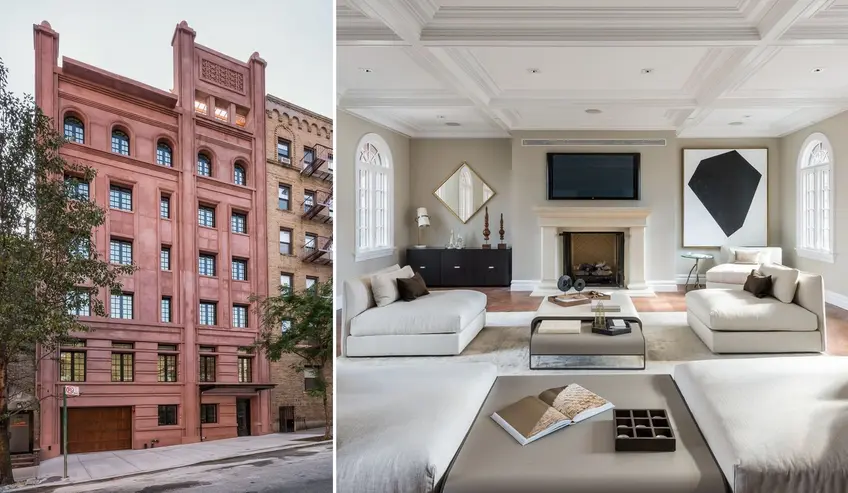 Finished exterior and interior of Danville House; Credit: SYNTHESIS architecture
Finished exterior and interior of Danville House; Credit: SYNTHESIS architecture
Developer and architect Daniel Kohs isn't one of New York's heavyweight developers. He's not one to pursue glossy, big-ticket skyscrapers containing thousands of square feet of ubiquitous space. It's not that there's anything wrong with that, it's just that there's a lot to be gained from 'transformation.' Best yet, preserving the integrity and culture of existing structures, even if they're humble in size and utility, can be just as profitable.
The Danville House at 178 East 94th Street is a product of such transformation. The once-humble garage building has just finished its conversion into an eight-story mansion on a tree-lined side-street in the Upper East Side. Now on the market for $18 million, the single-family abode holds 9,500 square feet of living space finished in a magnificent prewar aesthetic. Kohs, who is the Principal of SYTHESIS architecture, is both the developer and designer of the building, thus giving the home a unique and exquisitely crafted touch. Interior furnishings and décor were staged by Interior Marketing Group, who are also handling the marketing for the property with Brown Harris Stevens.
Recently, we got a chance to sit down with Daniel Kohs to learn more about this one-of-a-kind home and the inspiration behind his tasteful addition to Carnegie Hill.
The Danville House at 178 East 94th Street is a product of such transformation. The once-humble garage building has just finished its conversion into an eight-story mansion on a tree-lined side-street in the Upper East Side. Now on the market for $18 million, the single-family abode holds 9,500 square feet of living space finished in a magnificent prewar aesthetic. Kohs, who is the Principal of SYTHESIS architecture, is both the developer and designer of the building, thus giving the home a unique and exquisitely crafted touch. Interior furnishings and décor were staged by Interior Marketing Group, who are also handling the marketing for the property with Brown Harris Stevens.
Recently, we got a chance to sit down with Daniel Kohs to learn more about this one-of-a-kind home and the inspiration behind his tasteful addition to Carnegie Hill.
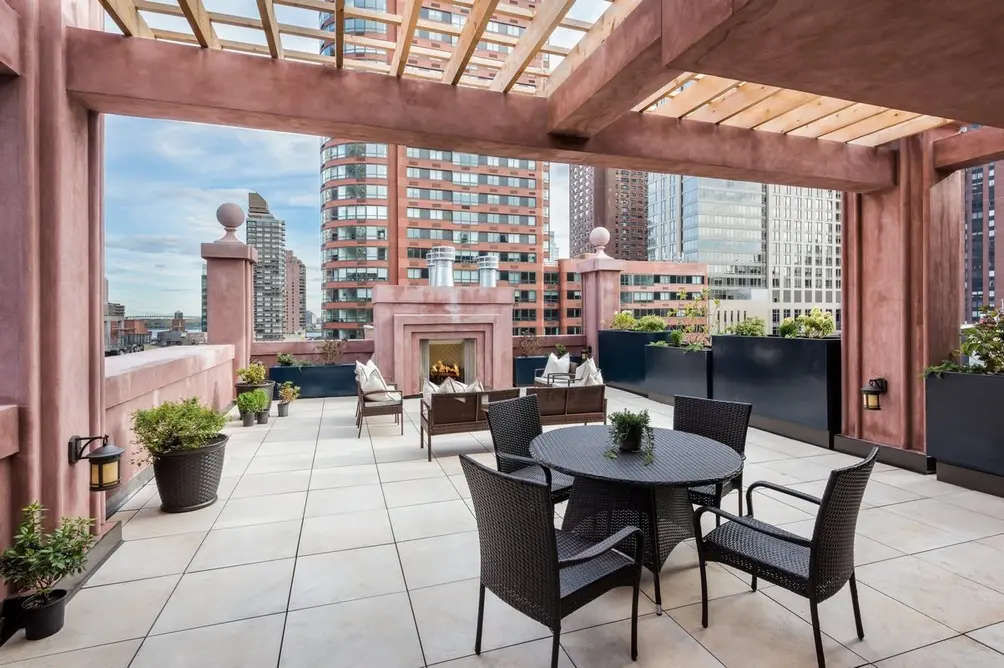 Rooftop terrace
Rooftop terrace
In this article:
The aesthetic and the spaces, both indoor and out, are my vision for modern living in the historic context of Carnegie Hill.
It's hard to come by new construction that so perfectly echoes the proportions and details of prewar buildings. Was there a reference/ inspiration from another building for this home?
There is no specific building reference for the look of the house, but there are many buildings around the city that share a common vocabulary of banded stone blocks, columns detailed to accent their verticality and depth created by overlapping features. The 36-foot width provides the opportunity to create the asymmetrical facade which resolves the height difference between the taller building to the west and the smaller building to the east. The tower section provides a sense of place to the entrance at the street level and creates a special area on the roof garden for the pergola and north facing window openings.
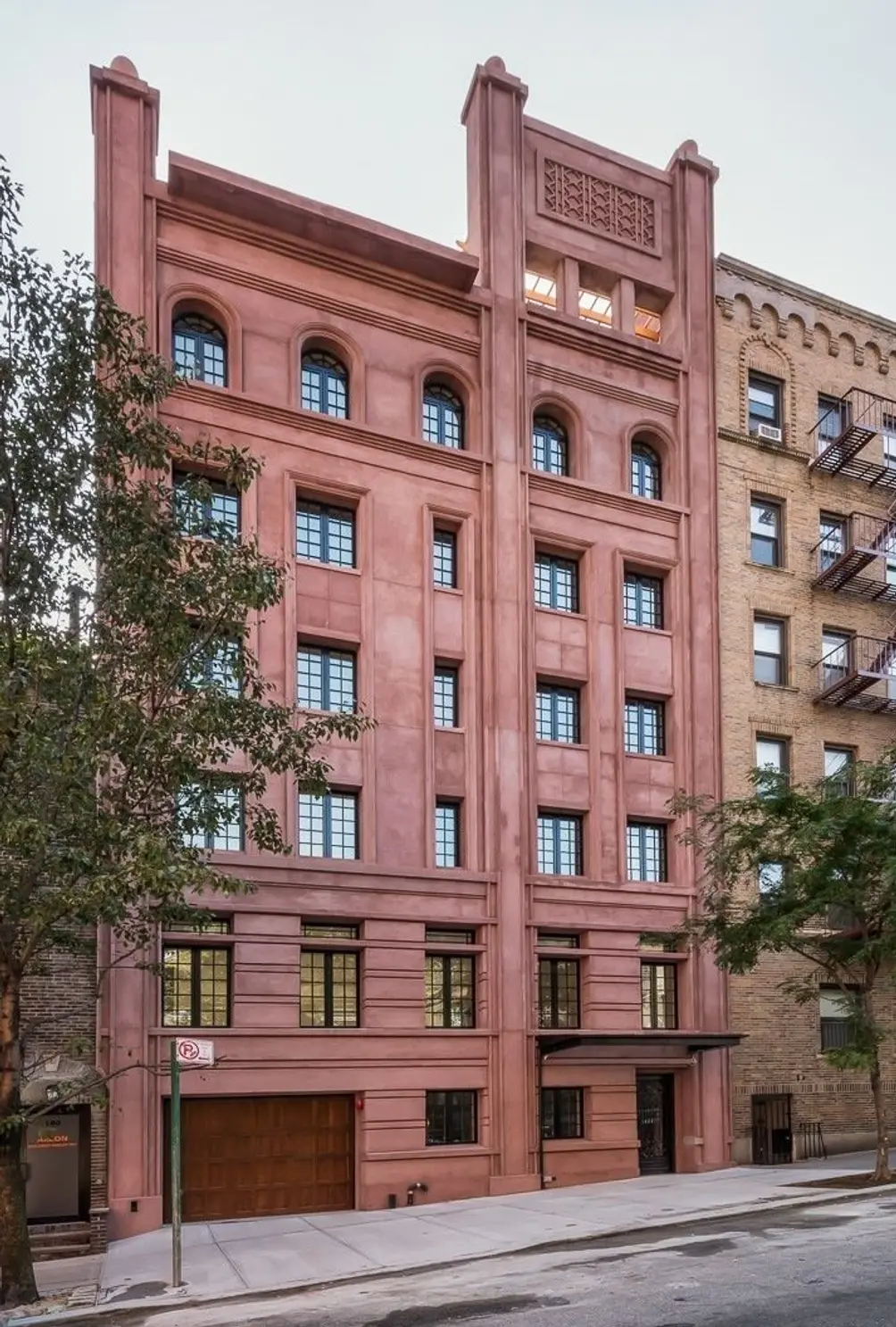 178 East 94th Street exterior; Credit SYNTHESIS architecture
178 East 94th Street exterior; Credit SYNTHESIS architecture
What is the reddish masonry material you used on the facade?
The facade is intended to blend with the brownstone townhouses on the block. The main facade and all exterior faces of the building are finished with the same material used to restore landmark brownstones. It is a stucco mixture of restoration quality colored cement and ground stone mixed with acrylic to provide flexibility. The character of the ground stone can be seen on close inspection and it was an excellent finish for the insulated concrete form construction.
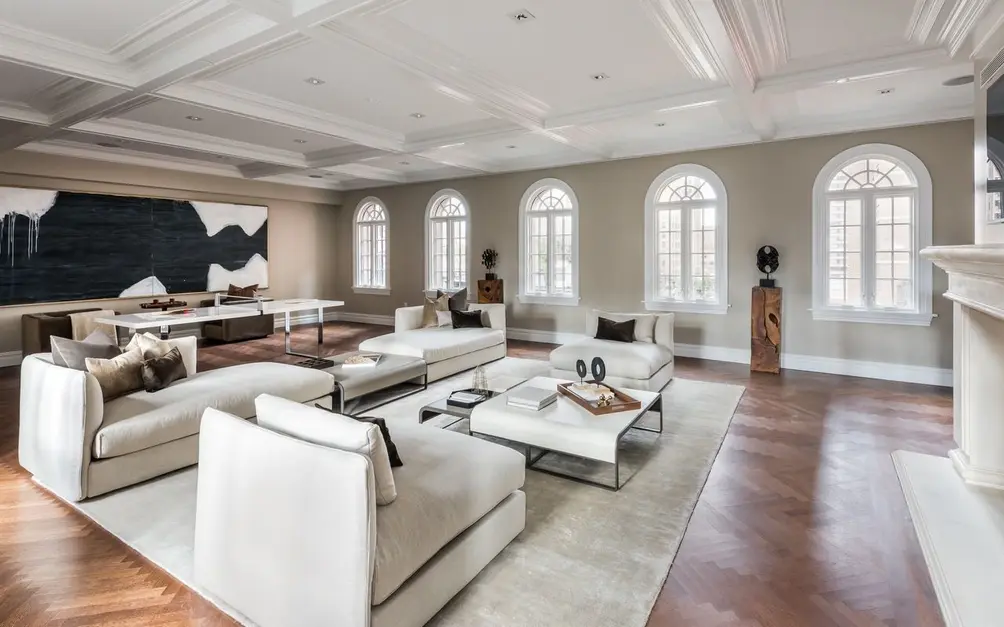 178 East 94th Street's Great Room
178 East 94th Street's Great Room
Did you have a type of buyer in mind when hashing out the design?
There is a buyer in mind when I design, but there are choices made in the room layouts to provide flexibility in order to accommodate many different ways of living with very little modification. Rooms can be combined or suites of rooms separated to suit a variety of needs.
The property is just outside the Carnegie Hill Historic District. Personally speaking, if your property was inside the district, do you think your design and investment prospects would have been impeded?
Although this particular site is outside the Historic District, the block has the feel of a landmark block. I have worked on many landmark properties and felt it was in the best interests of the block and the eventual owner to treat this site with the same sensitivities as if it was in the landmark district. Owning houses in landmark settings does introduce an additional degree of administrative oversight, but this protects the integrity of the building and the neighborhood the same way cleaning a fine painting would be done by a conservator to protect its value.
The aesthetic and the spaces, both indoor and out, are my vision for modern living in the historic context of Carnegie Hill.
The aesthetic and the spaces, both indoor and out, are my vision for modern living in the historic context of Carnegie Hill.
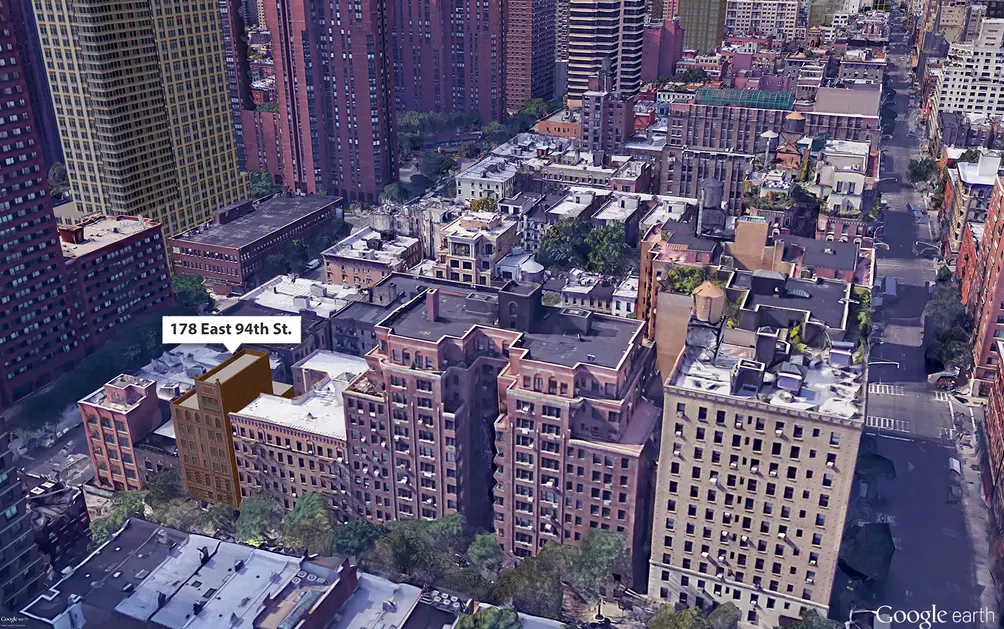 Google Earth aerial view; CItyRealty
Google Earth aerial view; CItyRealty

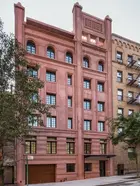
 6sqft delivers the latest on real estate, architecture, and design, straight from New York City.
6sqft delivers the latest on real estate, architecture, and design, straight from New York City.
